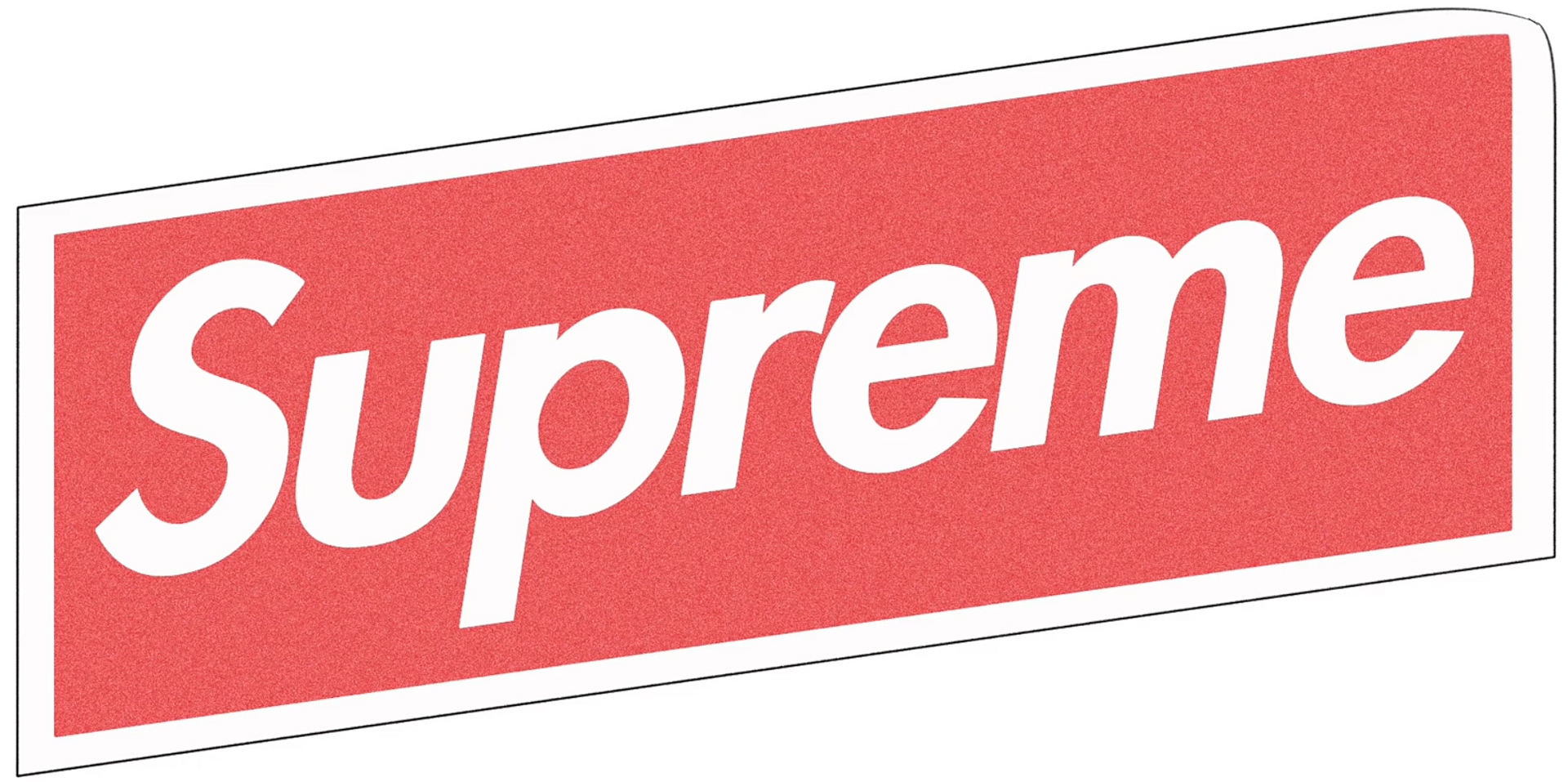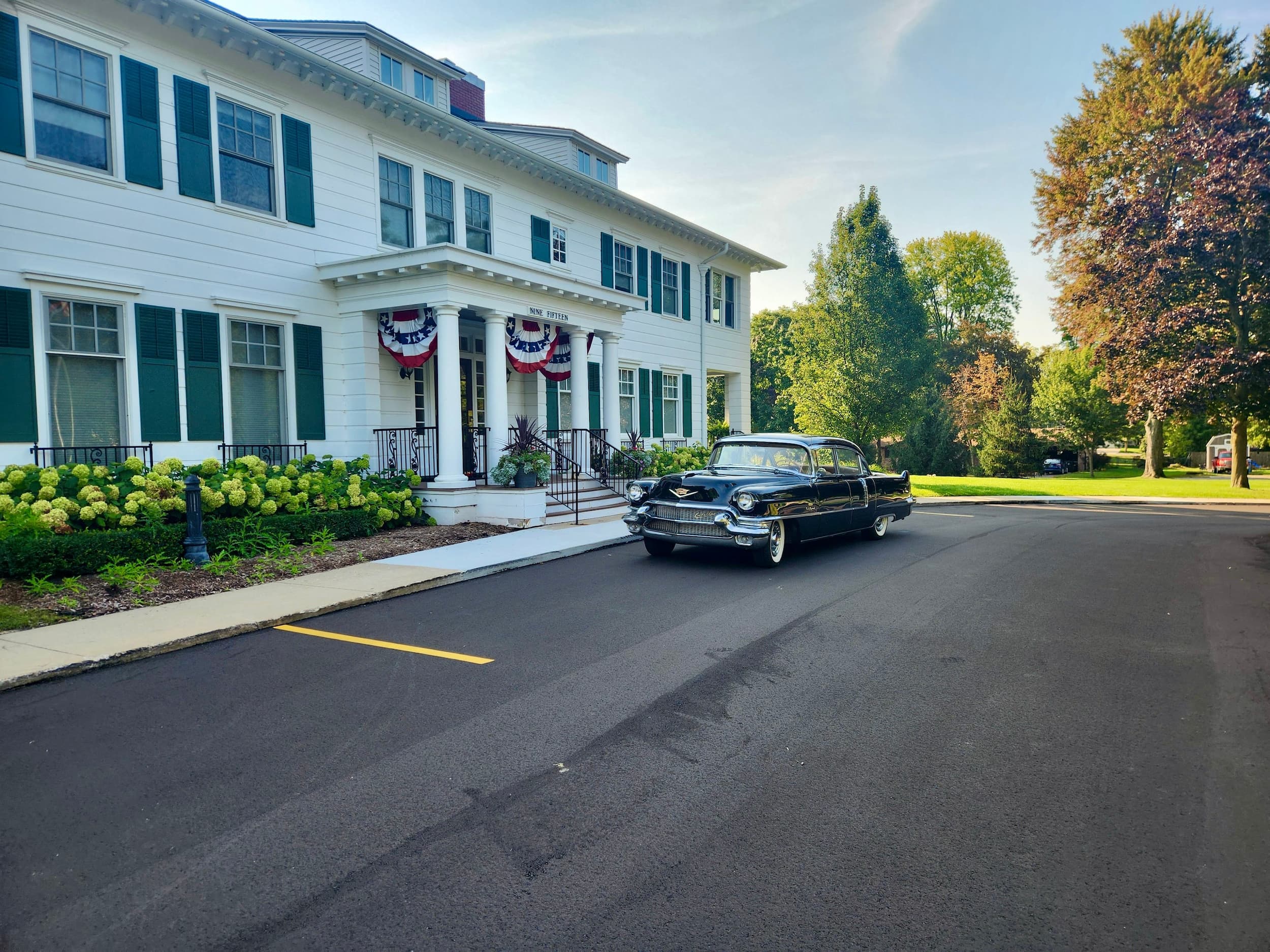Posted in Uncategorized

How to Avoid the Fate of a Major Brand’s Ongoing Battle with Counterfeiters
If you’ve ever wondered what lengths some bad actors will go to in order to hijack and counterfeit another company’s intellectual property, look no further than “How to Shamelessly Knockoff Supreme Worldwide and Get Away with it, For a While,” a magnificent article in Bloomberg, authored by Francesca Sironi and Alberto Gottardo and cleverly illustrated by Mario Meneses.
The article is an amazing, frustrating, and somewhat amusing tale of counterfeiters that successfully “knocked off” the fashion retailer’s brand mark and used it to concoct sales in territories in which Supreme hadn’t secured trademark protection.
But the piece is actually an illustrative cautionary tale for any business that does business abroad…and even those that don’t!
How Could this Happen?
There was actually a significant amount of strategy behind the Italian company that executed this brand-jacking of New York-based Supreme. Rather than merely imitate the artwork and look to fly under the radar in the dark corners of the Web, these perpetrators actually used the “system” itself in an attempt to legitimize their actions:
The Italian Supreme filed trademark requests in various countries—including Italy, Spain, and China—where Chapter 4 Corp., the owner of the real brand, hadn’t yet secured its registration. With trademark applications in hand, the Italian company started manufacturing fake-but-apparently-legal Supreme gear in Bisceglie, a small fishing port on the Adriatic Sea. There were almost no discernible differences between the knockoffs and the originals.
And some regulators, such as Italy’s, don’t verify whether anyone else has submitted a request for a similar trademark when you make an application.
When Italian courts ordered the seizure of Supreme-branded products from di Pierro’s stores and warehouses, he shut his operation in Italy, but his outlets in Spain and China stayed open.
Read the entire article, and you’ll also enjoy the illustrations, as I mentioned. I also devoted an entire episode of The Patent Baron Podcast to this issue – a more in-depth conversation as to what happened to Supreme, what it means to any business in virtually any industry, and what steps you can take to protect your IP (patents, trademarks, and brand assets) from suffering a similar fate.
A snippet:
How to be Proactively Protective
The first lesson to be learned from all of this is that trademarks (and patents) are not international in scope or reach. Every country has its own rules and regulations, and just because you are covered in the United States does not mean you’re protected elsewhere. There are bad actors everywhere, growing both in numbers and sophistication with each passing day! After all, many chose to take the easy route and steal your hard work rather than come up with something novel on their own.
The most obvious way that Supreme could have prevented this all from happening would be to file for trademark protection in any market in which it chose to operate. But what about those territories that Supreme hadn’t considered entering? Couldn’t this counterfeiter (or others) executed this exact strategy in other countries, in which Supreme didn’t think it needed to file?
Absolutely. And it isn’t always economically feasible to file for patent and trademark protection in every single country on the globe…nor is that an easy (or quick) task to get completed!
To mitigate cost and expense of time and resources, we often recommend that companies file for patent and trademark protection in at least the most “major” markets. Chances are, if you spread your legal protection wide enough, it may dissuade would-be counterfeiters from placing a target on your brand mark, with fewer options available and less profitable ones, at that. Maybe they’ll move on to easier and more vulnerable prey.
We also tend to partner with clients to perform ongoing and periodic searches, scans and reviews for counterfeiters, infringements, and even simply competitor activity, so that the “radar” is always on, so to speak, and should something pop up, it’s detected early, can be quickly addressed or countered, and before too much damage can be done.
But we also encourage companies—again, regardless of industry, market or global aspirations—to enlist its existing customers or clients as advocates and branch watchdogs. If you provide opportunities for your biggest fans to report nefarious activity and suspicious look-alikes, either on your website, via email or on social media, you might be surprised how willing and active your closest confidantes will act on your behalf. As customers, they too take an “ownership interest” in the integrity of your brand and its assets, and they are just as eager to tamp down would-be hijackers as some of your own employees!
The first step is knowing what’s out there. Unfortunately, Supreme Worldwide let this activity go on for a period before they were made aware, and by then, significant damage had been done and many of the proverbial horses were out of the barn. In many cases, taking remedial action to enforce cease-and-desist orders are far more expensive and onerous than taking simple measures to prevent them in the first place—especially internationally and in multiple markets, each with their own regulations and legal systems!
Fortunately for Supreme, the story had a relatively happy ending, but the battle continues! But you can be sure that the saga was a lengthy and trying ordeal that most companies would rather avoid than become the subject of a fascinating article and pictorial in Bloomberg.
If you want to take a quick scan and review of what might be out there relative to infringements or competition to your patents and trademarks, I am available to conduct a one-time search and review for your company to make sure it’s protected. To get started, contact me to schedule a no-obligation conversation about what that would look like for your company at [email protected].
I Put a Lock on Your Ideas™
Disclaimer & Notice: The content of this article does not constitute legal advice. The information presented herein is for informational use only. Not responsible for the actions or failures of third parties. Not responsible for any action or inaction based on the content of this article. The content of this article is solely the opinion of the author(s) and may not necessarily be those of Remenick PLLC, its clients, or members. Reading this article does not constitute the establishment of an attorney-client relationship. Any communication received will not be confidential unless and until an attorney-client relationship is established by an engagement letter. The content of this article may not be current as of the date of access and may be removed or updated without notice. Consult with legal counsel before undertaking any legal action.


